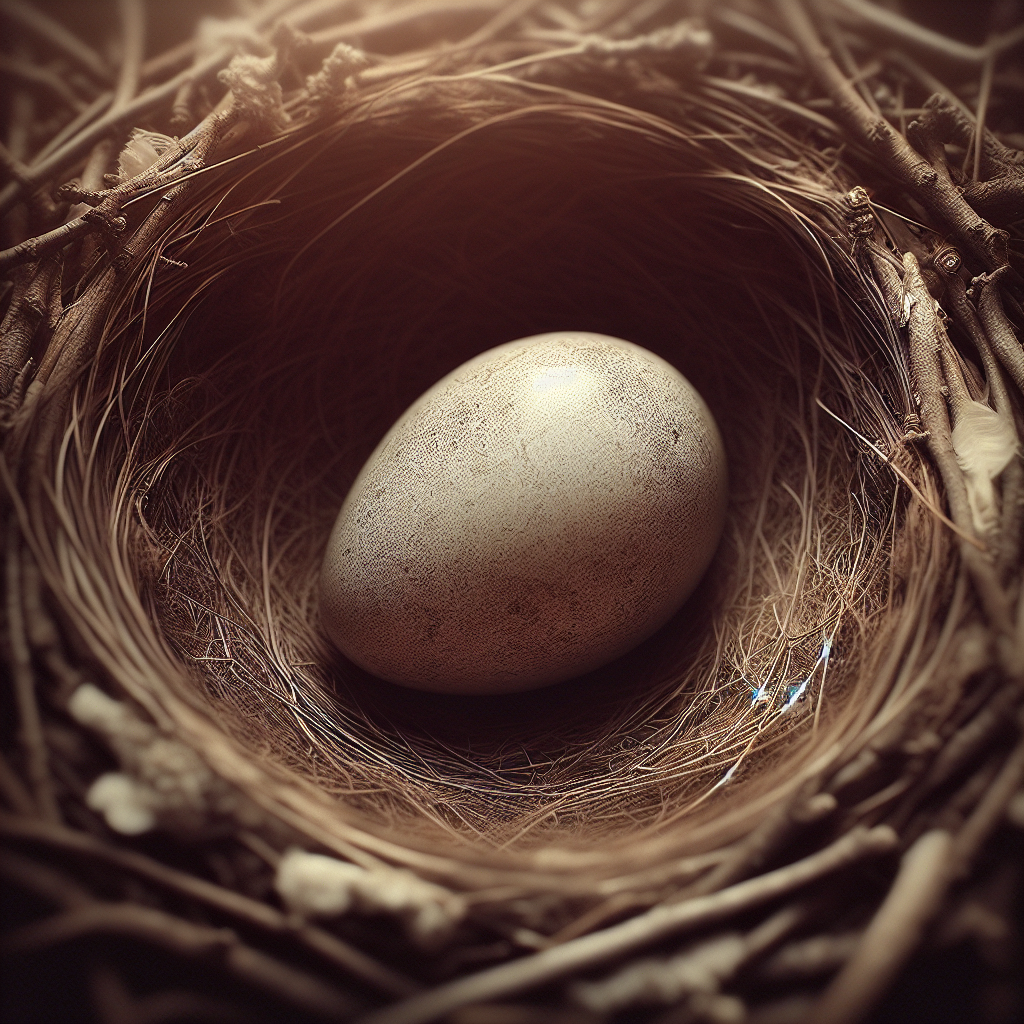If you’re a budding poultry enthusiast looking to achieve maximum hatch rates, then optimizing the incubation environment is key. Creating the perfect conditions for your eggs to develop and hatch successfully can be a challenging task, but with a few simple adjustments, you’ll be well on your way to a successful hatch. So, let’s explore some crucial factors that can contribute to optimal hatch rates and help you produce a thriving brood of healthy chicks.
Choosing the Right Incubator
When it comes to choosing the right incubator, there are a few important factors to consider. First and foremost, you want to think about the size and capacity of the incubator. Depending on the number of eggs you plan to incubate, you’ll need to select an incubator that can accommodate your desired quantity. Additionally, it’s essential to choose a reliable and accurate model. Look for incubators with a track record of success and positive reviews from other breeders. This will give you peace of mind knowing that your eggs are in good hands. Lastly, it’s important to look for an incubator with adjustable temperature and humidity controls. The ability to fine-tune these settings will allow you to create the perfect environment for your eggs to hatch successfully.
Preparing the Incubator
Before you place your eggs in the incubator, it’s crucial to prepare it properly. Start by cleaning and disinfecting the incubator thoroughly. This step ensures that any bacteria or contaminants are eliminated, reducing the risk of disease or infection among the developing embryos. Once the incubator is clean, it’s essential to check the temperature and humidity levels. This will give you an idea of where they currently stand and allow you to make any necessary adjustments. Finally, set up the necessary equipment and accessories, such as the egg trays and water reservoir. This will ensure that everything is ready to go when it’s time to place the eggs inside.
Temperature and Humidity Control
Maintaining the ideal temperature and humidity levels is crucial for the successful incubation of eggs. The temperature inside the incubator should be kept stable and within a specific range, depending on the species you are incubating. Fluctuations in temperature can negatively impact the developing embryos, potentially leading to deformities or even death. Similarly, humidity levels must be carefully monitored and controlled. Using a hygrometer, you can measure the relative humidity inside the incubator and make adjustments as needed. Different species have varying humidity requirements throughout the incubation process, so it’s important to research the specific needs of your eggs.
Air Circulation
Proper air circulation is often an overlooked aspect of incubation but plays a crucial role in the development of the embryos. Adequate ventilation ensures that fresh air is circulating, preventing the buildup of harmful gases or excess moisture. When positioning the fan inside your incubator, make sure it is evenly distributing the air without creating excessive drafts. Uneven airflow can lead to inconsistent temperatures and humidity levels, which can be detrimental to the developing embryos. By ensuring proper ventilation and air circulation, you create an optimal environment for the eggs to hatch successfully.
Egg Selection and Handling
Choosing the right eggs and handling them correctly is essential for maximizing hatch rates. When selecting eggs, it’s crucial to choose fertile and healthy ones. Look for eggs with strong shells, free from cracks or abnormalities. Additionally, avoid storing eggs for too long before incubation, as their freshness can diminish over time, reducing the chances of successful hatching. Proper egg handling techniques, such as gentle handling and avoiding drastic temperature changes, are also important to protect the developing embryos inside.
Turning the Eggs
Egg turning is a vital process during incubation. It mimics the natural movement that would occur if the eggs were being incubated by a parent bird. Turning the eggs helps prevent the embryos from sticking to the shell and promotes the development of strong muscles and skeletal structures. The frequency and duration of turning depend on the species of eggs you are incubating, so it’s crucial to research the specific requirements for your eggs. There are both automatic and manual turning methods available, allowing you to choose the option that works best for you. Additionally, different types of eggs may have unique considerations when it comes to turning, so be sure to familiarize yourself with the specific needs of your eggs.
Candling the Eggs
Candling is the process of shining a light through an egg to examine its contents. It serves several purposes during incubation. Firstly, candling allows you to determine if an egg is fertile or infertile. By carefully examining the contents, such as the presence of a developing embryo or the clarity of the egg, you can identify eggs that are unlikely to hatch and remove them from the incubator. Additionally, candling can help you identify and remove any damaged eggs that may pose a risk to the other embryos. From a developmental standpoint, candling also allows you to monitor the progress of the embryos and observe any abnormalities or potential issues that may arise.
Providing the Right Substrate
The substrate used in the incubator can have a significant impact on the hatch rates. Choosing the appropriate incubation substrate involves considering factors such as moisture retention and insulation. Some substrates hold moisture better than others, ensuring that the eggs remain adequately hydrated throughout incubation. Insulation is important to maintain a consistent temperature inside the incubator, preventing fluctuations that can negatively affect the developing embryos. Different species may have specific substrate requirements, so it’s essential to research and select the most suitable option for your eggs.
Maintaining a Clean Environment
A clean incubator is essential for successful incubation. Regularly cleaning the incubator and its accessories helps prevent the buildup of bacteria and fungi, which can be detrimental to the developing embryos. Disinfecting the surfaces with a safe and effective cleaning solution ensures that any potential pathogens are eliminated. Proper disposal of unhatched eggs and debris is also crucial to maintain a clean environment. This helps prevent contamination and the spread of potential diseases among the live embryos. By maintaining a clean incubator, you create a healthy and sanitary environment for maximum hatch rates.
Monitoring and Recording Data
To optimize your incubation environment, it’s essential to monitor and record important data throughout the process. Tracking temperature and humidity fluctuations allows you to identify any patterns or issues that may arise. By documenting egg turning and candling dates, you can ensure that you are following the proper timeline and making adjustments as needed. Analyzing hatch rates and comparing them to your recorded data can help you identify areas for improvement and make necessary adjustments to optimize your hatch rates. Keeping detailed records is crucial for successful incubation and can help you achieve maximum hatch rates.




